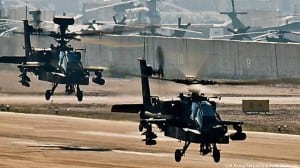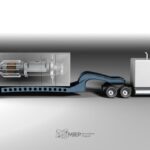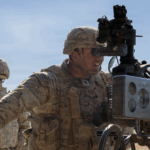
If not showered in funding, military rotorcraft procurement at least is funded at levels requested by the Defense Department in the Senate Armed Services Committee’s (SASC) version of the fiscal 2019 National Defense Authorization Act (NDAA).The SASC markup and that of all its subcommittees – except for the subcommittee on personnel – were held in closed session. An 11-page outline of the full committee mark published May 24 shows the Senate bill, mirroring its House counterpart, fully funds Army and…

 By
By 











